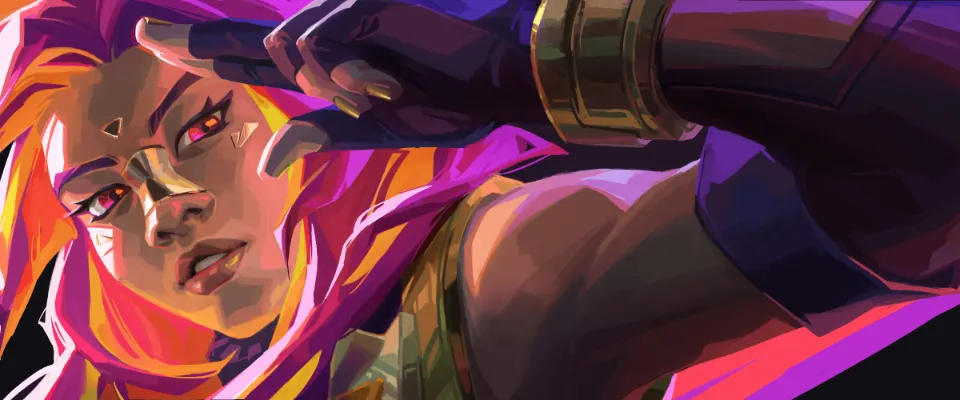When Valorant first launched in 2020, it was pitched as Riot Games’ answer to Counter-Strike. During its promotional campaigns, the company focused on tactical shooting, precise gunplay, and tight teamwork.
Fast forward a few years, and Valorant has evolved into something entirely different. It is now considered one of the most competitive esports titles, attracting millions of players worldwide. Critics also praise Riot’s ability to build an engaged community, with many creators contributing to the game’s lore through their unique content.
The Community Connection

Valorant has one of the most active and interconnected player bases. This shouldn’t be surprising, given that you must learn to communicate with others during the ranked grind. Riot made it easy to build friendships, but the community took things further, turning Valorant into an interactive experience.
Thousands of content creators stream their highlights every day, while artists design skins based on current agents and lore. New strategies are developed weekly, and you can download them for free.
Given the level of involvement, players are always looking for ways to personalize their in-game experience, whether through weapon skins or battle passes, which is why the Valorant points gift card has become so popular in recent years.
The Rise of Valorant as an Esports Wonder

Valorant’s esports scene exploded almost overnight. Riot leveraged its League of Legends experience to set up the Valorant Champions Tour (VCT), building the game into the most-watched competitive FPSs.
By promoting new talent and building rivalries and storylines, Valorant managed to exceed its initial expectations. Fans now follow their teams with zealous conviction, support local regions, and create memes for their community. In short, Valorant became a global phenomenon.
The Creative Playground

What makes Valorant truly unique compared to its peers is the creativity it inspires. The game’s Agent abilities add layers of strategy that go beyond raw aim. Players constantly invent new line-ups, set-ups, and plays that look more like choreographed performances than chaotic firefights.
This creativity spills over into other areas. Fan art, cosplay, and even full-blown fan fiction thrive in the community. Valorant isn’t just a competitive shooter; it’s also a creative outlet, giving people ways to express themselves far beyond their K/D ratio.
Social Space in Disguise

It’s easy to forget, but Valorant is also a social platform in disguise. For many players, it’s less about winning every match and more about hanging out with friends. The voice comms, the banter, the post-round jokes, these interactions often matter more than the final scoreline.
It’s why Valorant nights feel like modern-day hangouts. You might log in for a ranked grind, but you stay because it feels like meeting up at a digital café. It’s not just gaming anymore; it’s socializing.
Final Thoughts

Valorant has gone far beyond its roots as a tactical shooter. It’s a sport, a community hub, and a cultural space where people come together to create, connect, and compete. The game is proof that in 2025, companies and fans can build ecosystems where you feel like part of something bigger.

















